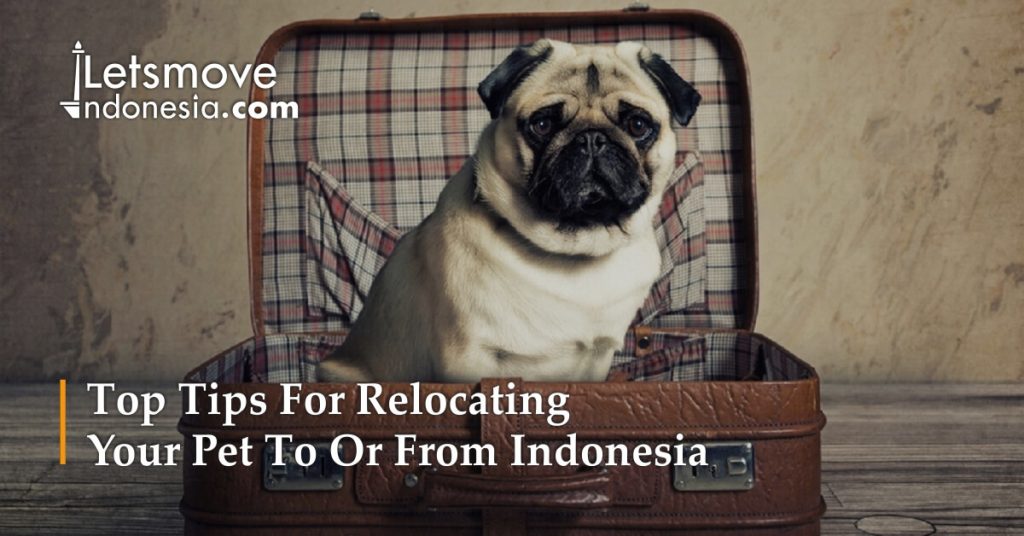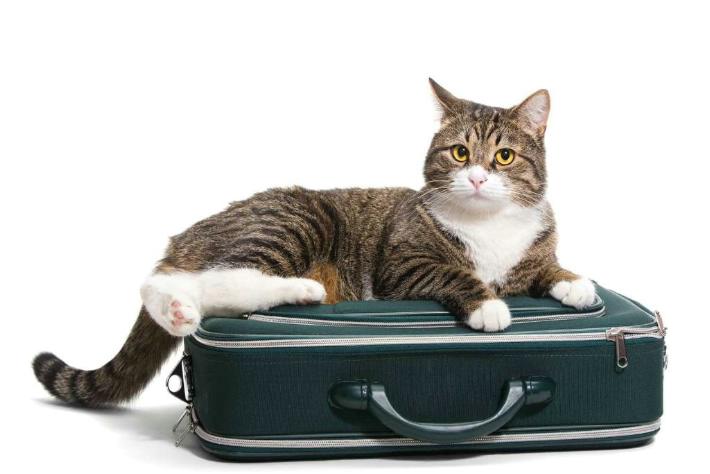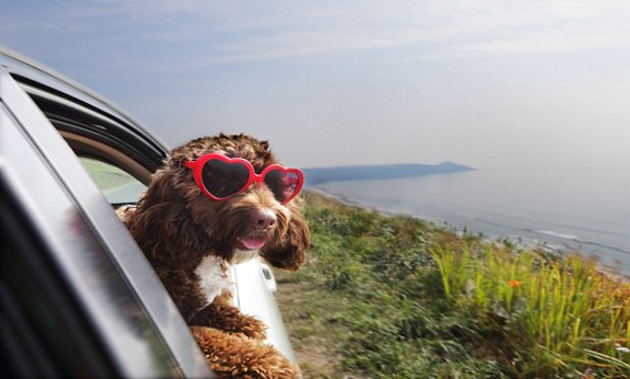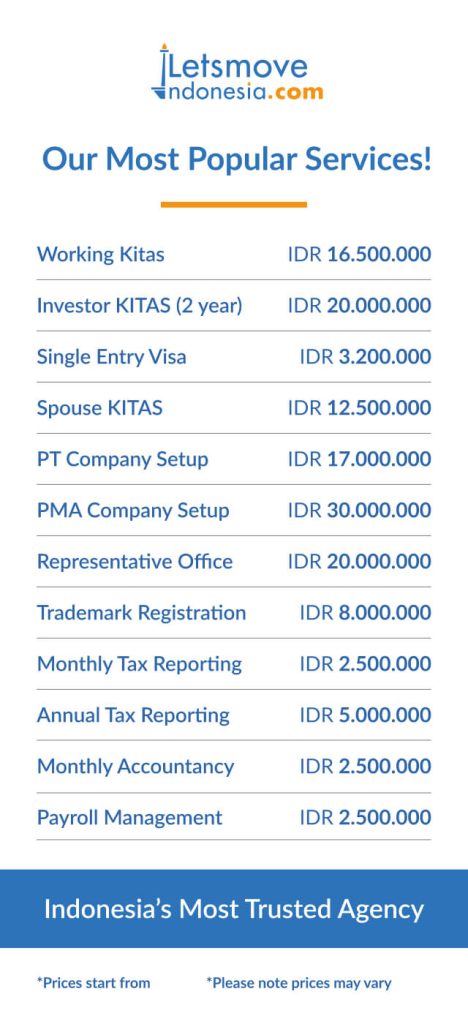When moving to a different country, there are many things to contemplate; where will you live? What will the culture be like? How will I learn a new language? The list of things to consider is endless. But one for some, one of the main concerns is how to relocate your pet safely and comfortably.
At LetsMoveIndonesia we know how stressful relocating can be, so to help make things easier, we bring to you; advice and tips for relocating your furry friends.
Paper work
You may be surprised to know that moving animals is in fact more complicated that moving humans. This part in particular requires care and dedication.
From health certificates to import permits, customs documents to air waybills, you need to check the exact requirements of the country you are moving to before booking flights.
The list of documents required for processing the import permit can include:
- Copy of pet owner passport
- Pet’s vaccination records with valid vaccines (more than 30 days, less than one year).
- Rabies serology blood titer test certificate.
- Name, address and phone number of receiver at the destination.
How to keep them safe whilst moving?
Unfortunately, our loved furry friends cannot talk so if an unfortunate incident takes place and they get misplaced, it is important you take as many precautions as possible.
Some of the precautions you can take to minimise loss or stress are:
ID tags: If your pet can wear a collar, put one on and attach an ID tag. If your pet cannot wear a collar, (for example a bird) put one on the leg band. The tag should include the pets name, your name and the destination address and telephone number.
Microchips: Pets with microchips are entered into a pet recovery system. So, if your pet gets loose or lost, you will be contacted once it is found. If your pet was purchased from a breeder, pet store or shelter, it is likely it already has a chip.
Pictures: Keep photographs of your pet on you so you can show authorities if they get misplaced or require identification.
Collars: Make sure you have a collar on your pets whilst they are travelling. If your pet fidgets or is restless, consider getting a harness to keep them safely restrained.
Leash: (If required), bring one, additionally, prepare for the worst and carry a spare.
Pet carrier: If you are travelling by airplane, any pet in the cabin must be in a carrier. During transport to and from the airport, some animals are less stressed in a carrier rather than on the loose.
Preparing for your flight
Most airlines allow dogs, cats, birds and fish to travel by air, however they only have a limited amount of space per fight. It is advisable to book this very early and receive the authorisation from the airline.
As previously mentioned, to keep your pet safe you will need to keep them contained in an approved pet carrier. If you are transporting fish, turtles or any other exotic animals that cannot travel in a carrier, make sure you have the proper plastic buckets or Styrofoam- cushioned boxes. Obviously, don’t forget to label the carrier or container with the pet’s name, FRAGILE, LIVE ANIMAL and THIS SIDE UP clearly on the outside of the container.
Leave early. You may need to bring your pet to freight loading at least two hours before departure. Additionally, it is better to give yourself plenty of time to ensure everything is labelled correctly and your pet is relaxed.
Flight options
There are 2 options to bring your pet to Indonesia:
-
Accompanied Checked Baggage
You will check-in along with your pet at the airport. Your pet will be considered as your excess baggage and will arrive in the same destination/terminal as yours. This is the cheaper option, however, not all airlines will accept pets as checked baggage.
-
Unaccompanied Manifest Cargo
The pet would need to check-in in the cargo area of origin airport and will arrive in the cargo area of destination airport. The process for cargo is more time consuming and complicated compare to Accompanied Checked Baggage.
Finally, tips for your pet’s wellbeing and comfort during air travel.
- Book direct flights if possible. Multiple flights and changes means more handling and more stress for your pet.
- Feed your pet a light meal, five to six hours before departure. If you are transporting fish, don’t feed them before the move so the water stays cleaner.
- Exercise your pet on a leash before the flight, give it any medication and give it some loving affection. Talk to your pet and try to keep it as relaxed as possible.
- Place your pet in the carrier, secure the latch and fasten the leash to the outside of the container.
- Pick up your pet from the airport as soon as you can. If you do not, you may incur kennel fees or they may even ship it back to its point of origin.
As pet lovers ourselves, we know how important it is to get this right. If you have any questions, need further advice or would like help to relocate your pet to or from Indonesia, please contact the LMI team at E: [email protected] or T: 021 300 297 27 and we will be happy to help.













